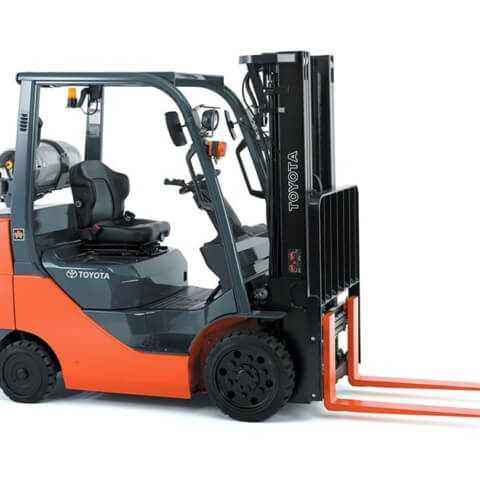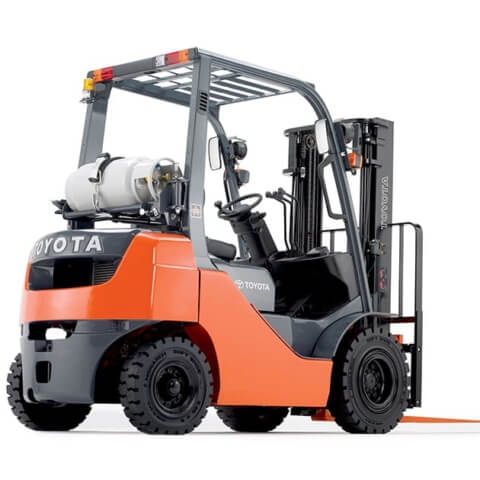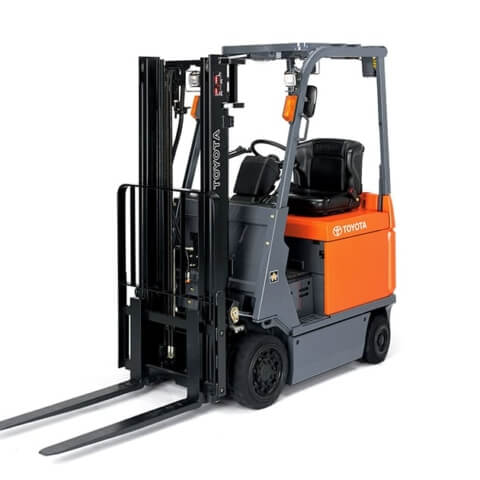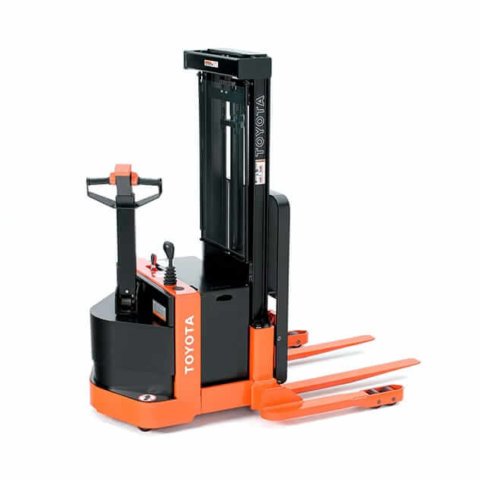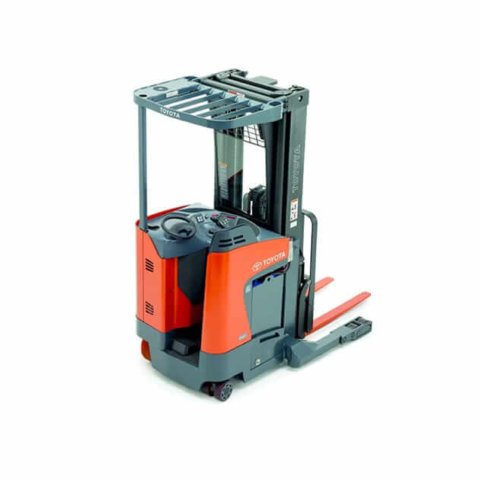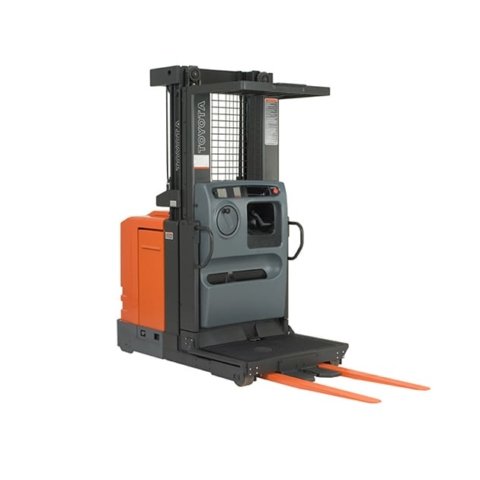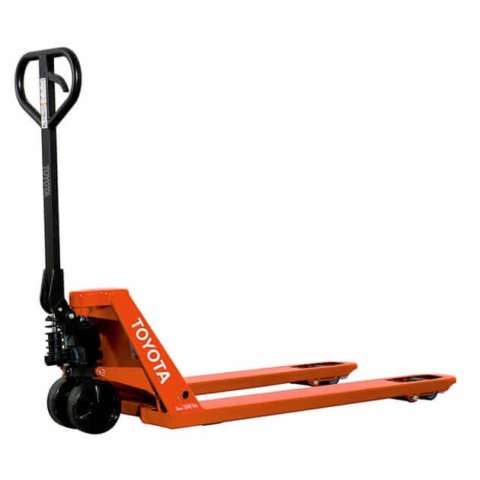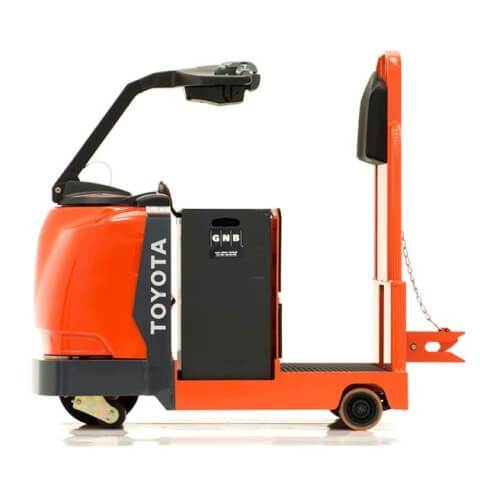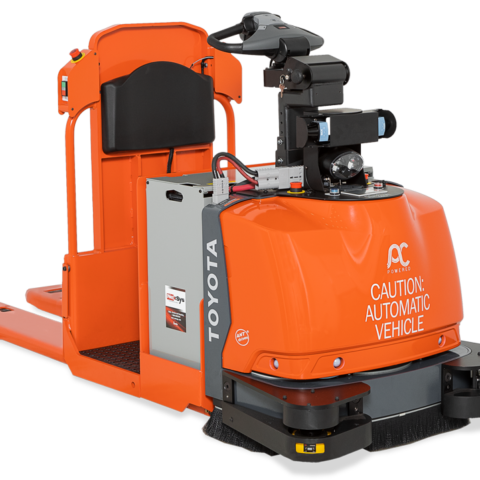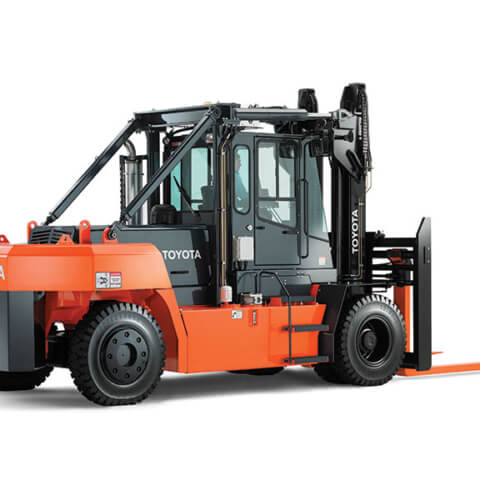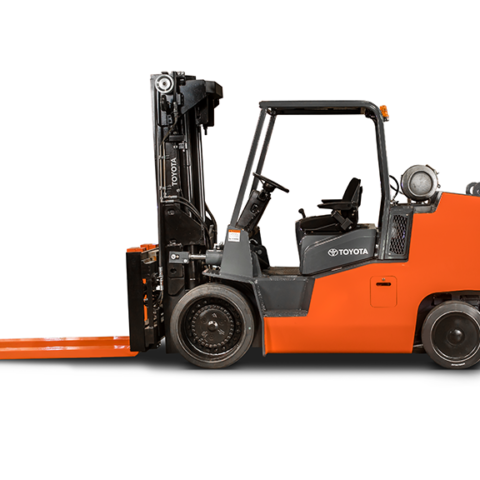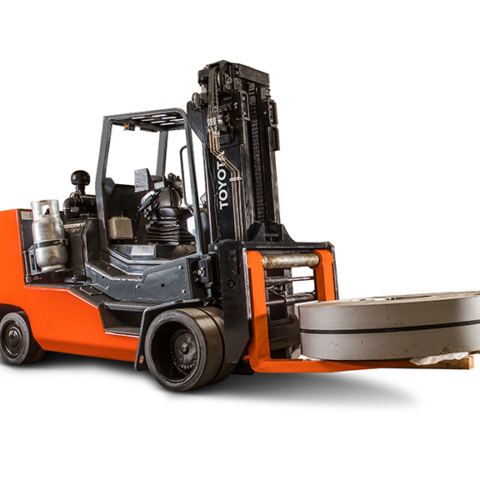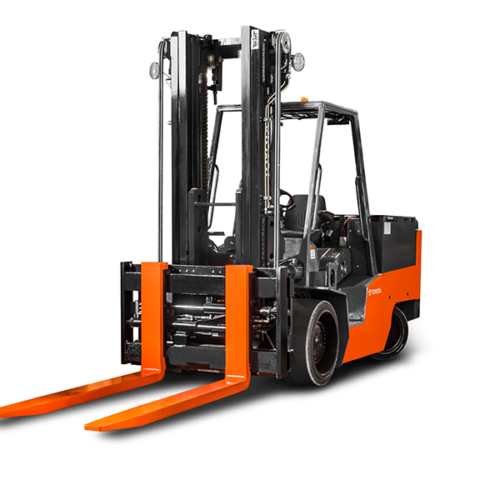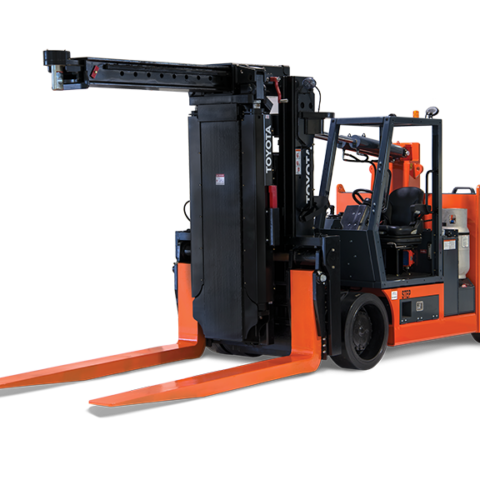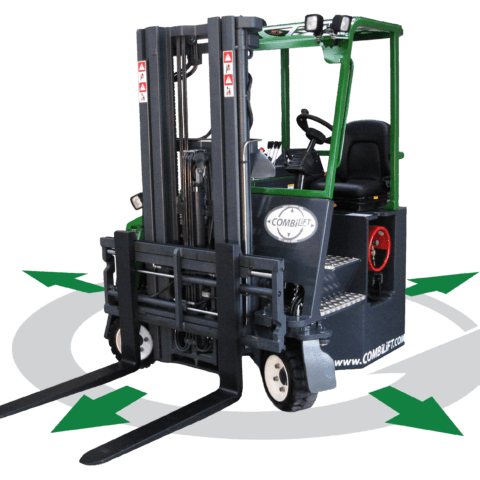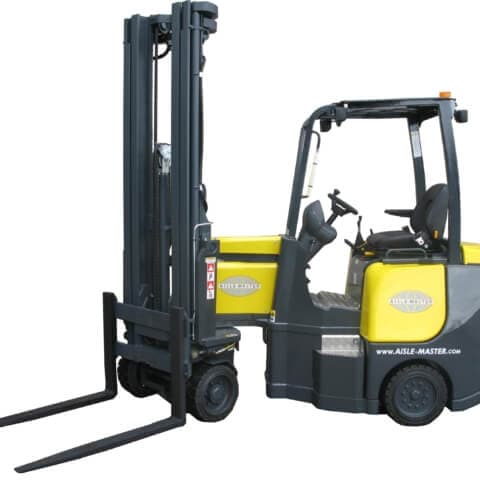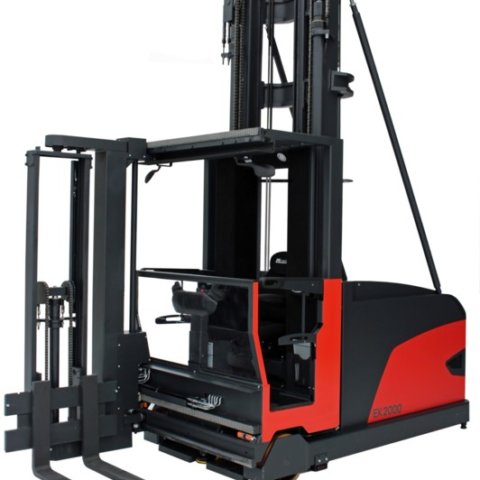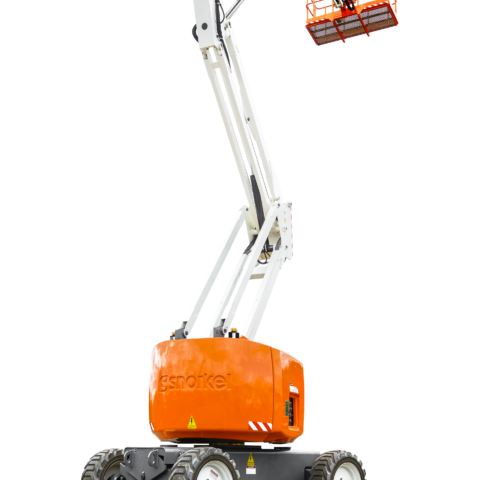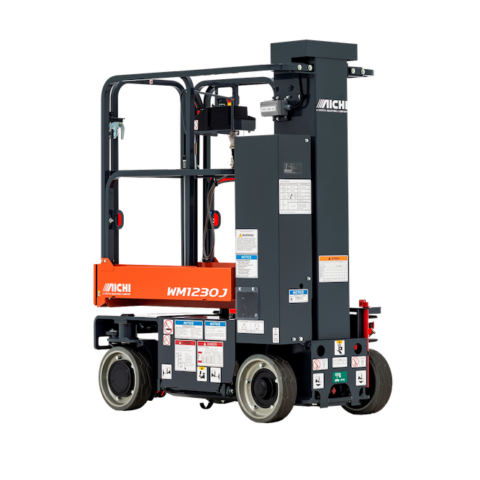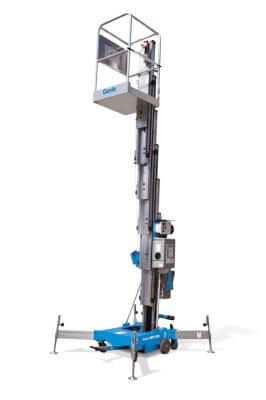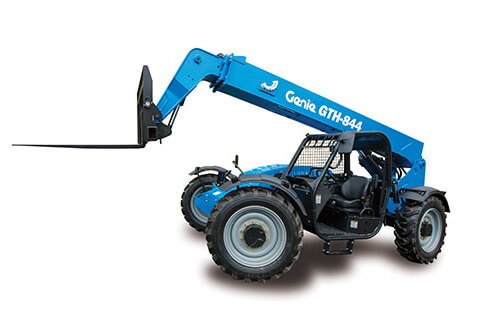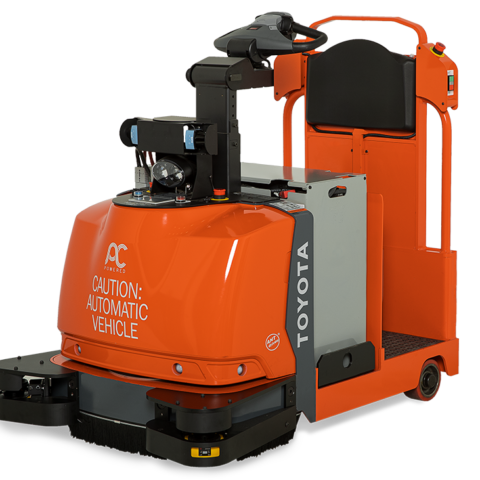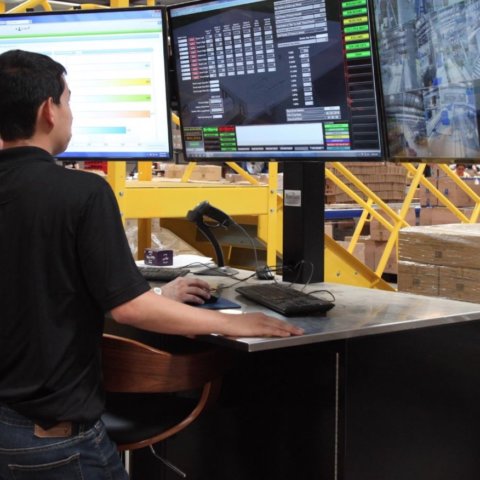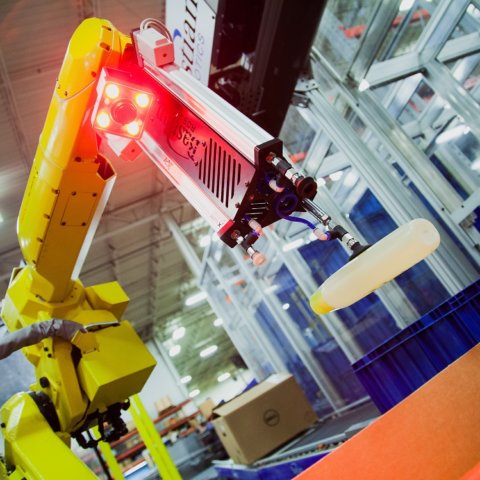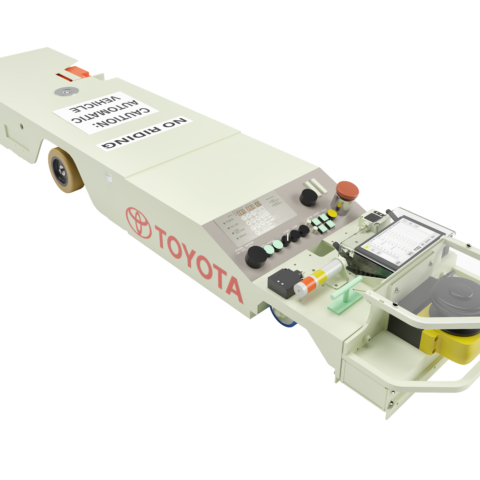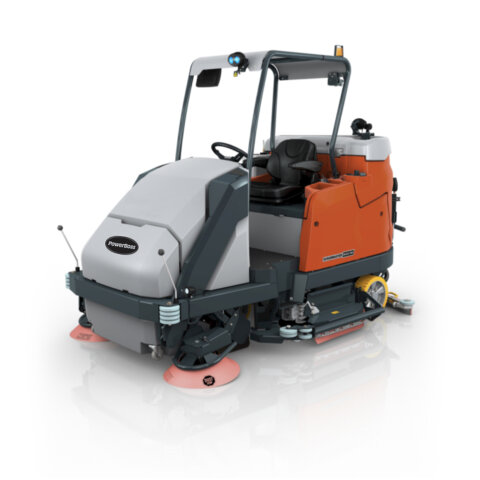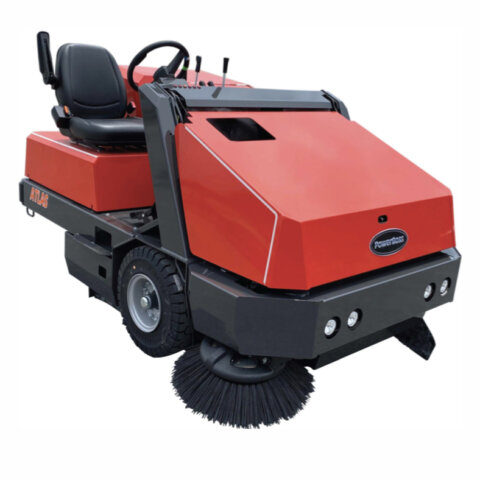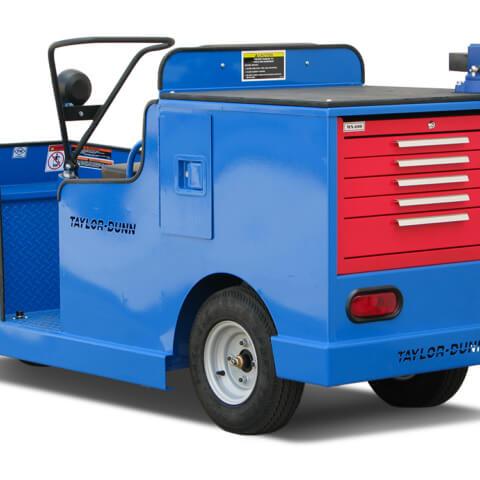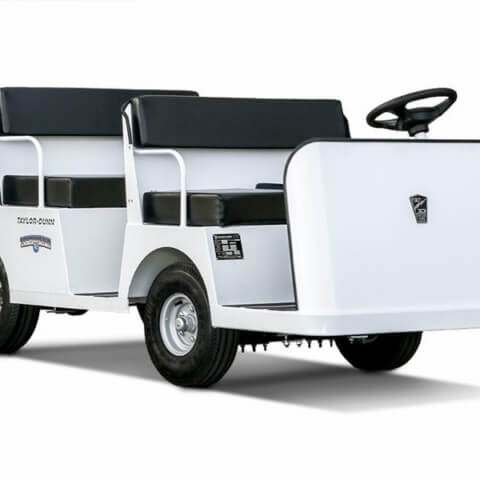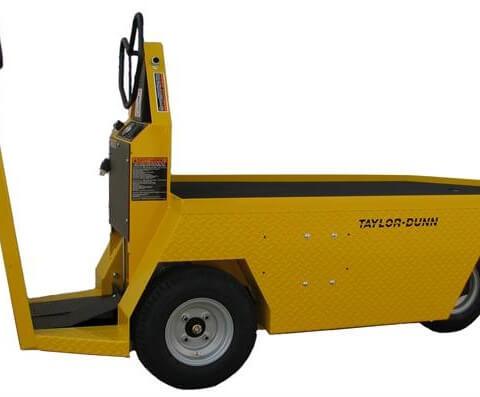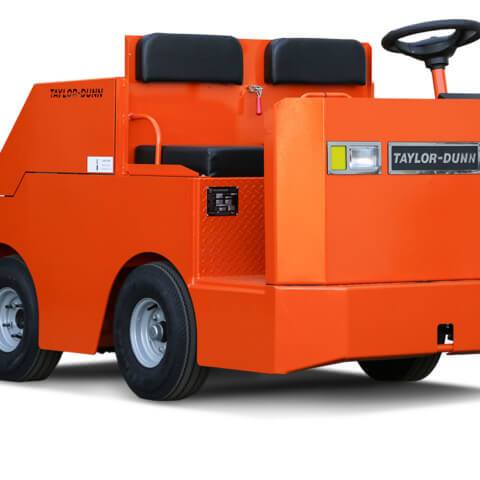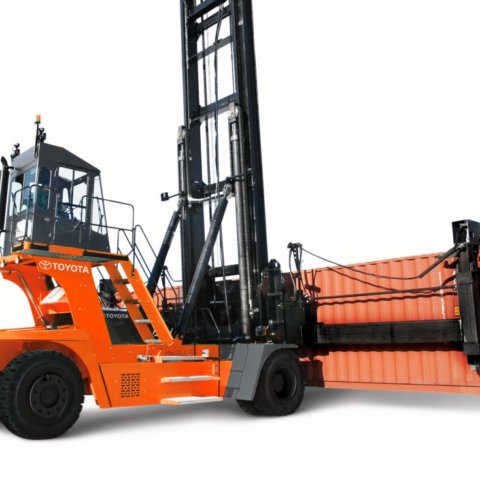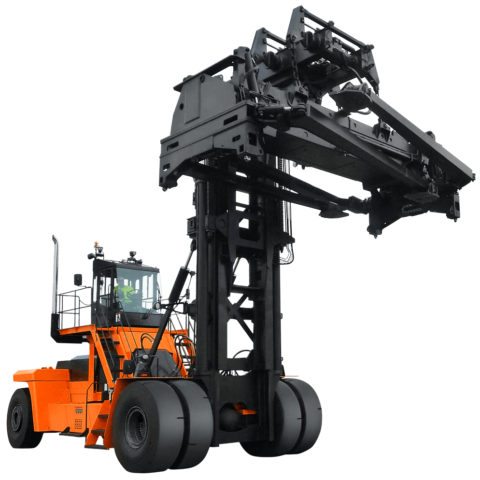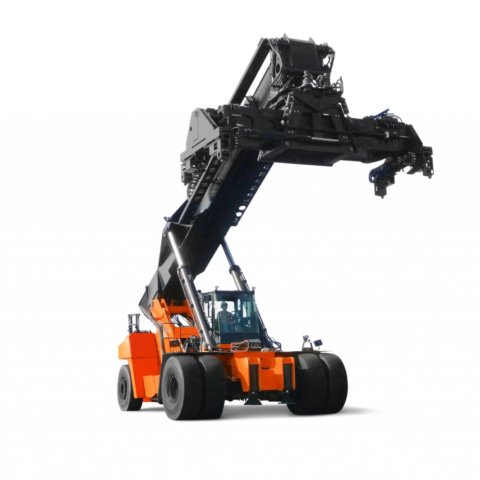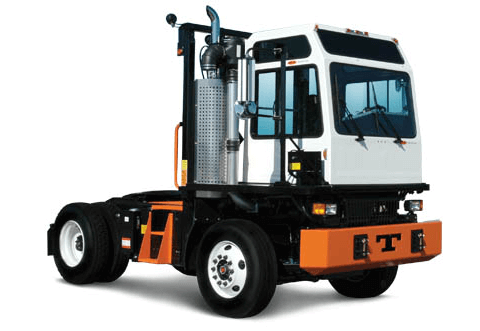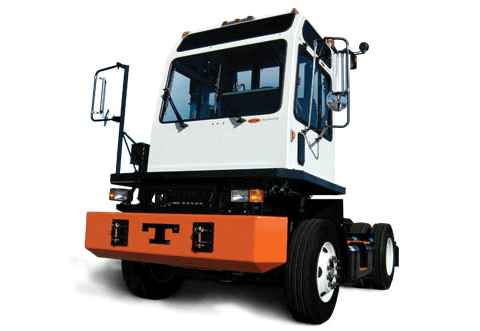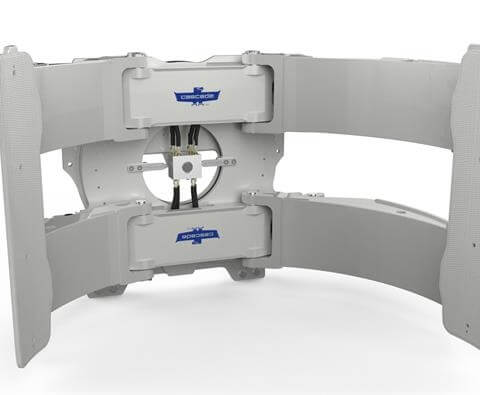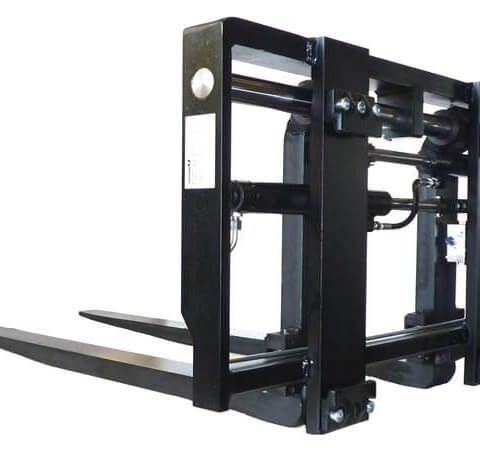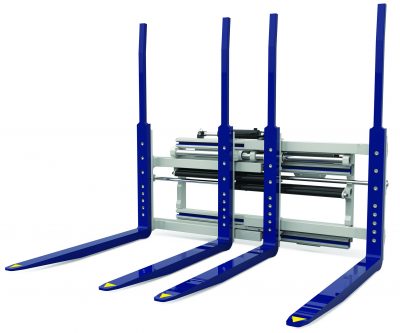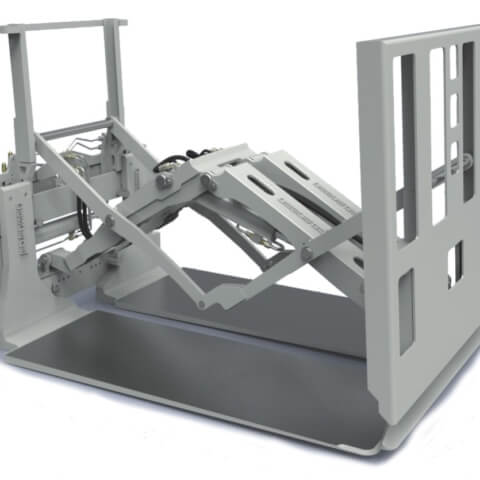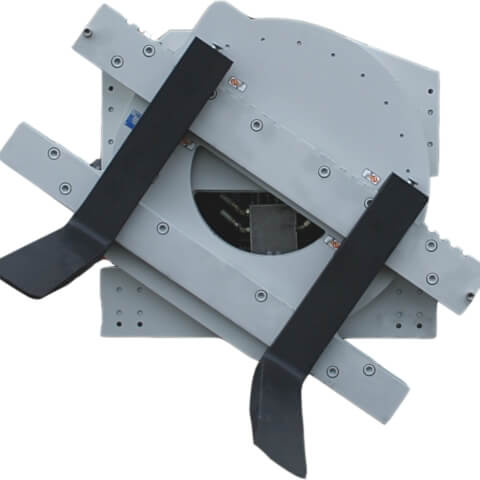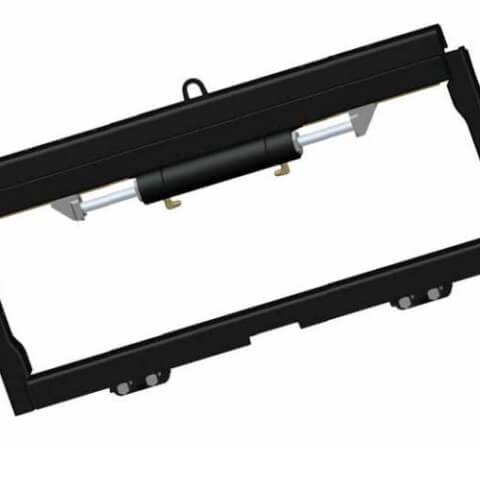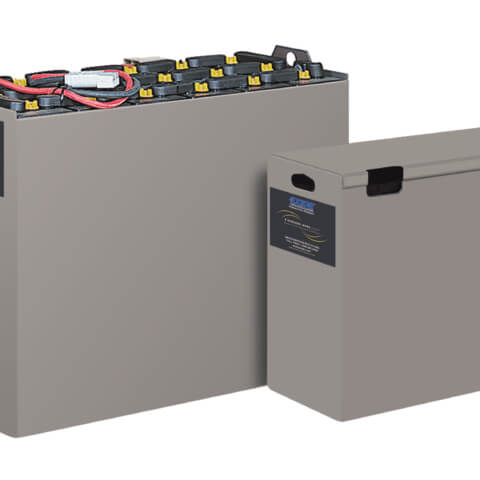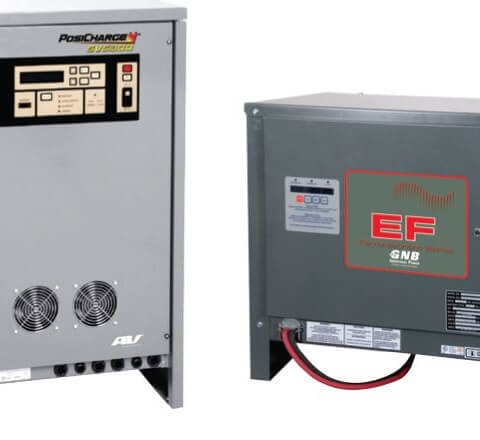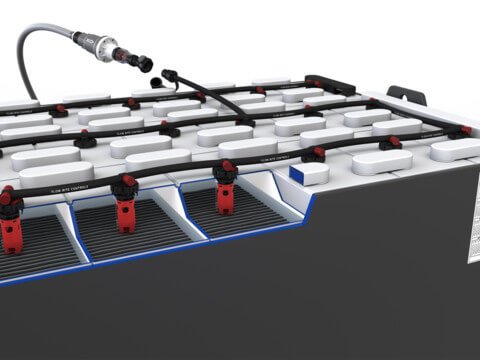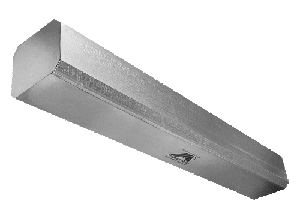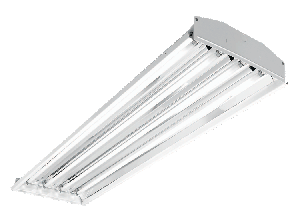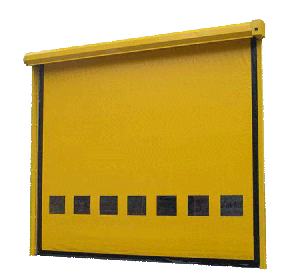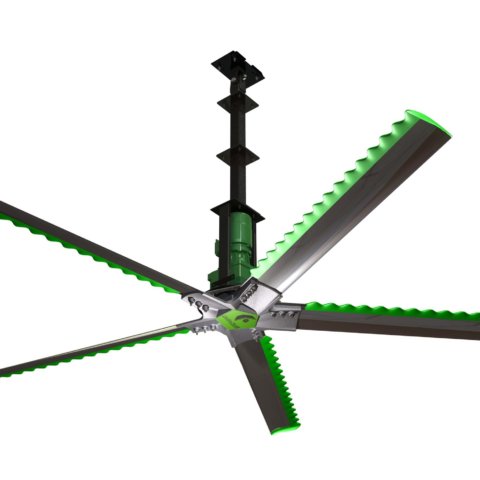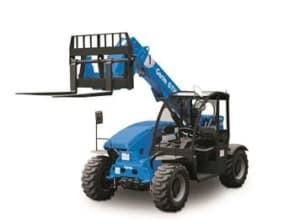
Telehandlers are multi-purpose and perform on sites a standard forklift cannot maneuver. REQUEST QUOTE
The telehandler has quickly become the equipment of choice for construction worksites. Because telehandlers are multi-purpose and perform on sites a standard forklift cannot maneuver, they are also good for masonry, residential landscape, oil and gas applications. For example, in an industrial application, a telehandler can remove cargo from a trailer and place loads on rooftops or other high locations.
Telehandler Features
Made to move loads, the telehandler’s increased versatility comes from its telescopic boom which extends forward and upwards. A variety of attachments such as buckets and pallet forks add to job flexibility.
Another common feature of a telehandler is the frame tilt which allows the operator to alter the side-by-side angle of the frame by 10-15 degrees in either direction.
Three steering options are also available. In choosing the front steering option, only the front wheels change with the steering wheel. The circle steering option makes the front and rear wheel operate in opposite direction for a tight turning radius and activating the crab steering option allows for diagonal travel as all wheels move in the same direction.
Telehandler Stability
As the boom extends or rises with a load, the equipment loses stability. Telehandlers have several load charts, especially when different attachments are used. An operator must learn to reference these charts to determine current capacity. Safety training for telehandler operators should be a priority and must include dedicated hands-on time along with classroom training.
Genie Telehandler Specifications:
- Maximum lift capacity: 5,500 – 10,000 lbs
- Lift capacity at max lifting height: 4,400 – 6,000 lbs
- Working height: Up to 56 ft 10 in
- Maximum outreach: 11 – 42 ft
ProLift has partnered with Genie, an aerial equipment manufacturer dedicated to our customers. Contact an equipment specialist to learn if the Genie telehandler is the right equipment for your application!
Contact Equipment Specialist

